|
*This post contains affiliate links. I receive small commissions for purchases made through these links at no extra cost to you. These commissions help me keep this site up and running, in order for me to keep providing helpful and inspiring art content. :)
Is there a specific process to follow when using watercolor pencils? What things should I do to ensure a better outcome when using this medium? What are some good watercolor pencil options for beginners just getting started? In this blog post, I'll be providing five key tips that will help make the learning process less frustrating and enable you to create amazing artwork as soon as possible. In the video included here, I'll also be sharing how I personally use watercolor pencils by painting a yellow rose. Watercolor pencils are not only an extremely versatile art medium, as they are simultaneously a drawing and a painting tool, but their practicality makes them ideal for many beginners that are short on time and space. They also allow for much more control when compared to regular watercolor paint and can help us start getting a feel for what it's like to work with watercolors without having to master water control. Watercolor pencils are basically watercolor pigment that has been encased in wood, in the form of a pencil. They can and can be used either with or without water to create different effects, which can range from a heavily-textured colored pencil look, to a smooth and painterly watercolor paint look. To create marks and colored pencil textures, we simply use them right on our paper, which can be completely bone dry or pre-wetted with clean water. Of course, the type of paper used has a great impact on the amount of texture created. Smoother paper will lead to smoother effects, while rougher paper will create more texturized effects, as the pigment isn't evenly distributed throughout the tooth of the paper. On the other hand, to create painterly effects, we lay down our color on our paper just as if we were using regular colored pencils and then smooth it out by going in with a dampened paintbrush. There's no need to use heaps of water for this. *You can also use the paper paint mixing palette method I demonstrate in the video included below. When using quality watercolor pencils, water really activates the pigment and makes the color look a lot brighter and bolder. These techniques can be used alone or in combination. For example, if you were painting a landscape, you could use more painterly techniques for your background, and more textured/detailing techniques for layers in your foreground. There is no specific process to follow when using this medium. It's use is going to depend on the specific style and effects you are personally going for with the piece on hand, which is why it's important to give thought to the overall look you want to create before starting. All this said, many of the regular watercolor "rules" (if they can even be called rules) apply. In the following video you'll see how, even though my general method is different to what I would do when I paint with regular watercolor paint, I still protect my highlights throughout the process, work from light and translucent to dark and saturated, and allow my paper to dry in between layers. In this past blog post/YouTube video, I do a comparison between regular watercolor paint and watercolor pencils, and share a complete demo in which I paint the same apple using both mediums. They are very similar, but very different at the same time.
If you enjoyed this video and found it helpful, make sure to subscribe to my YouTube channel. I share a brand new video every week with art tips, drawing and painting tutorials and mindset/productivity tips for artists. *Subscribe HERE*
Find a list of my favorite watercolor pencil supplies here. Watercolor Pencil Tips for Beginners
|
|
|
|
2 Comments
GG13
8/18/2020 11:23:15 am
I have been interested in trying watercolor pencils for a while. I’ve watched several video tutorials. I like yours very much. I like combining the different techniques how you describe layering. Thank you.
Reply
8/20/2020 10:41:07 am
Hi, there!
Thanks so much for checking this one out and for taking time to comment. :)
I'm so happy to hear you found it helpful.
Wish you tons of enjoyment and progress in your art journey!
Reply
Leave a Reply.
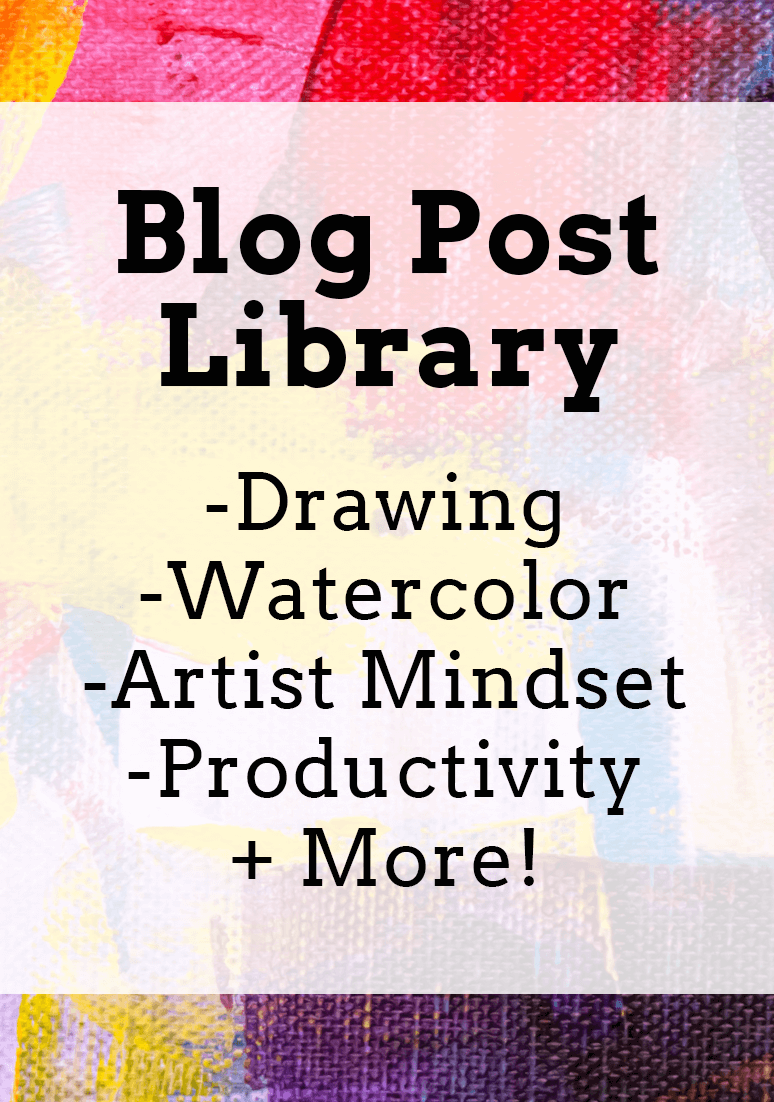
www.erikalancaster.com
is a participant in the Amazon Services LLC Associates Program, an affiliate advertising program designed to provide a means for sites
to earn advertising fees by advertising and linking to amazon.com.
www.erikalancaster.com
is a participant in the Shareasale.com Affiliate Program, an affiliate advertising program designed to provide a means for sites to earn advertising fees by advertising and linking to Shareasale.com partner companies.
is a participant in the Amazon Services LLC Associates Program, an affiliate advertising program designed to provide a means for sites
to earn advertising fees by advertising and linking to amazon.com.
www.erikalancaster.com
is a participant in the Shareasale.com Affiliate Program, an affiliate advertising program designed to provide a means for sites to earn advertising fees by advertising and linking to Shareasale.com partner companies.

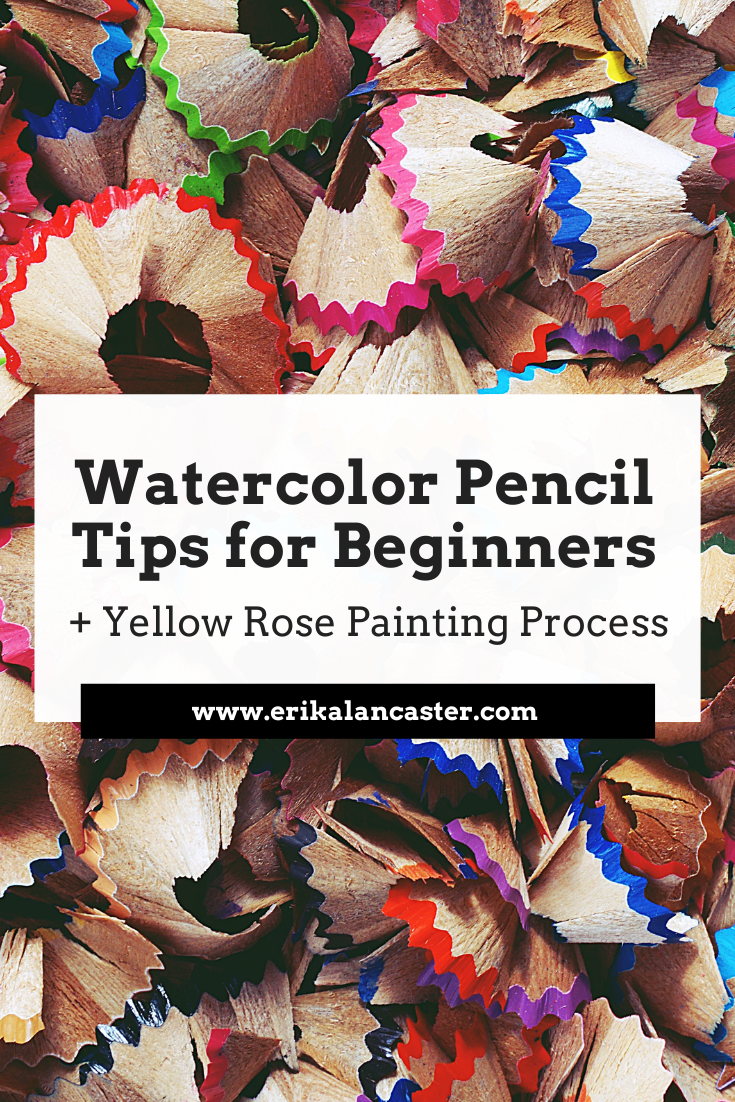
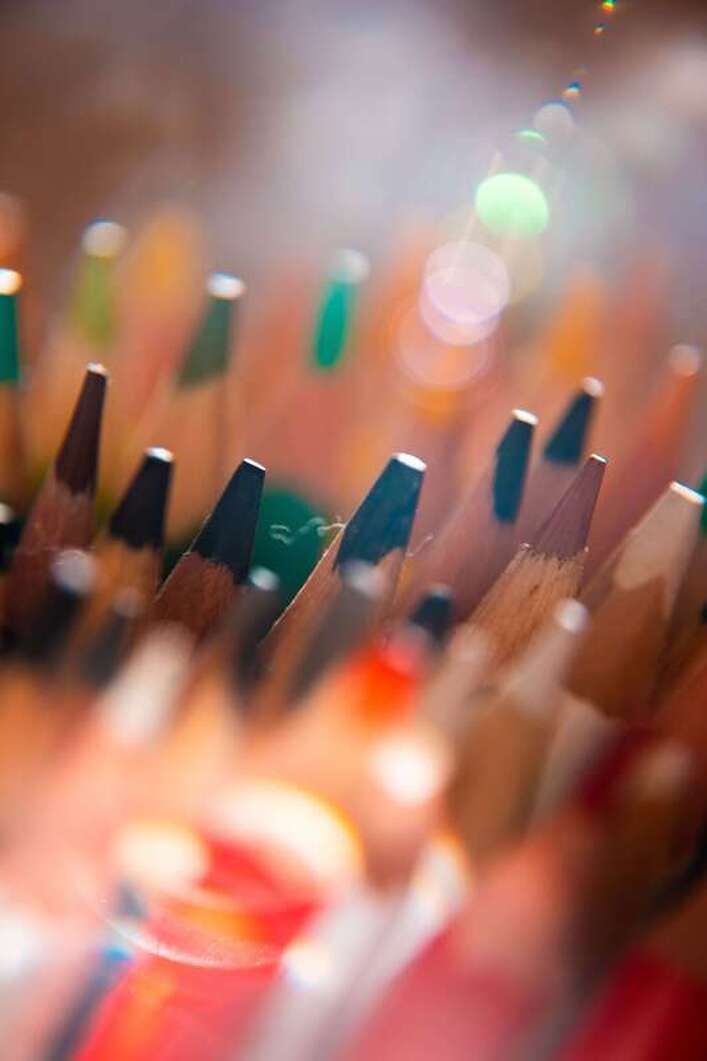
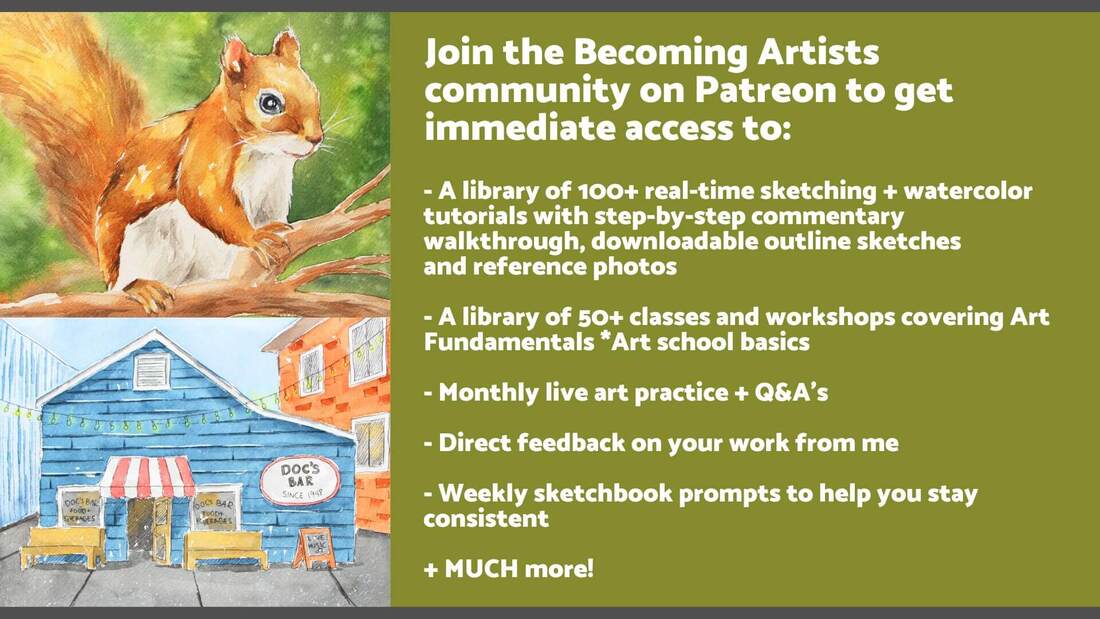
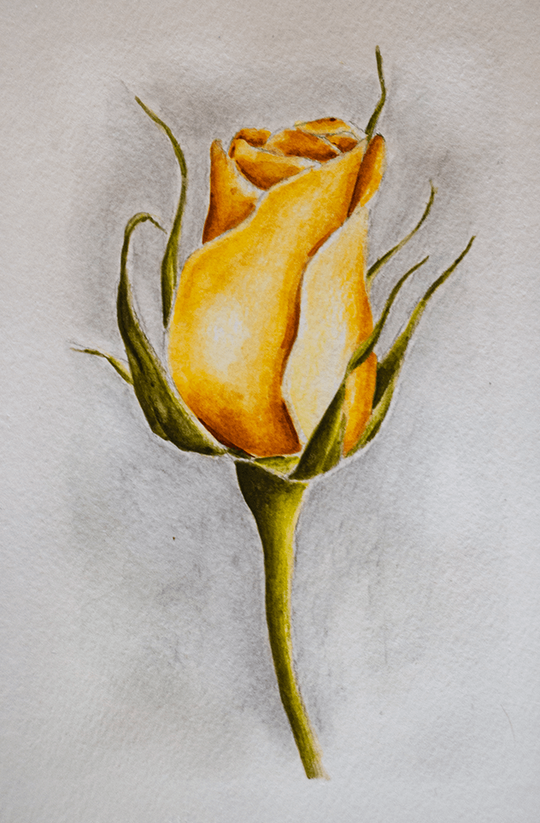
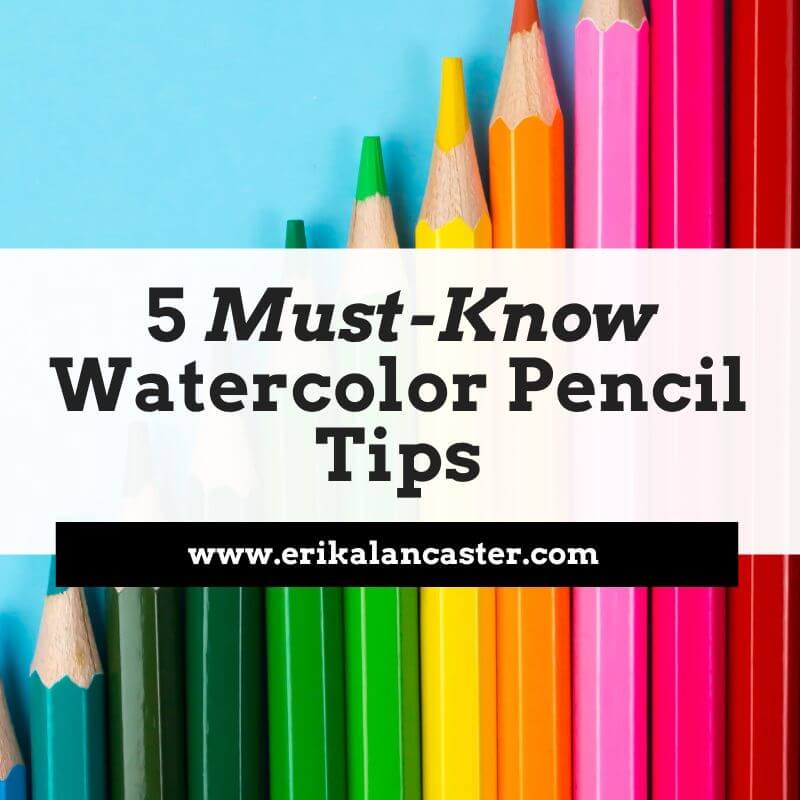
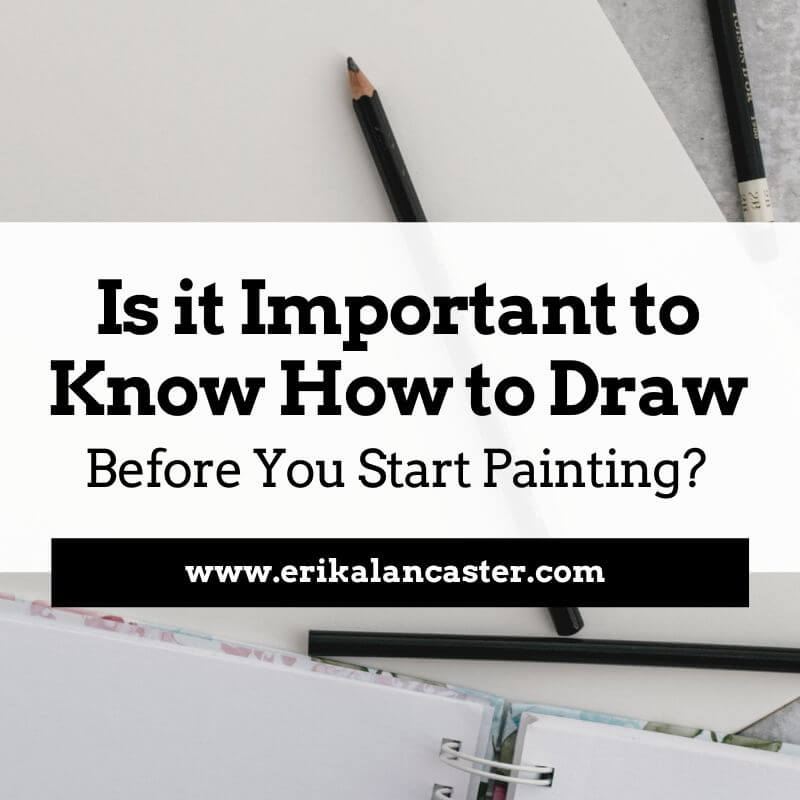
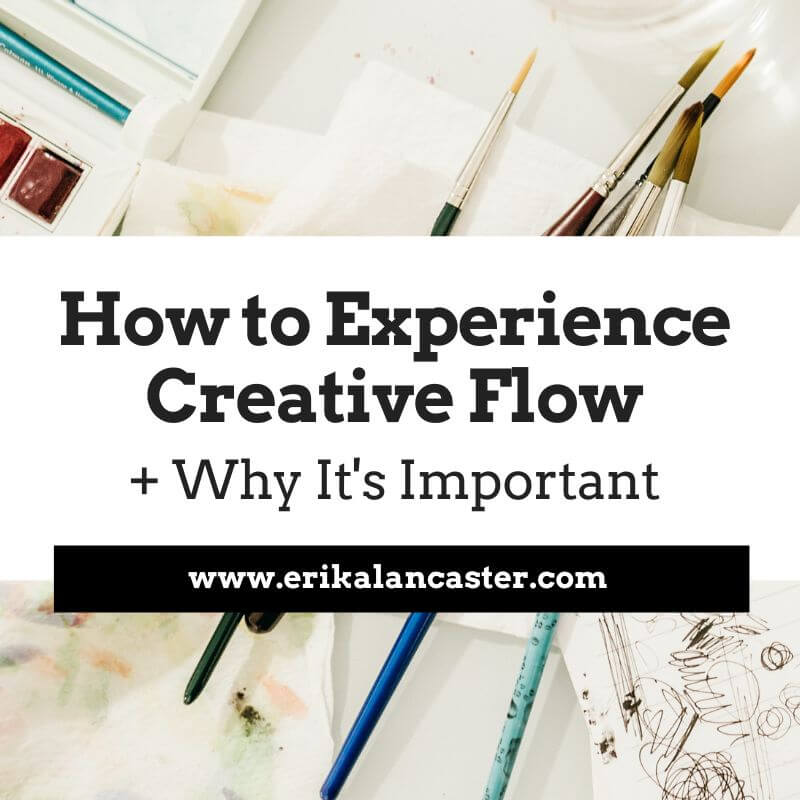
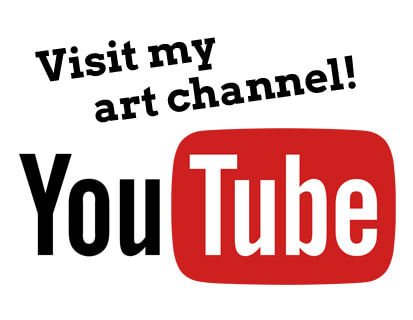
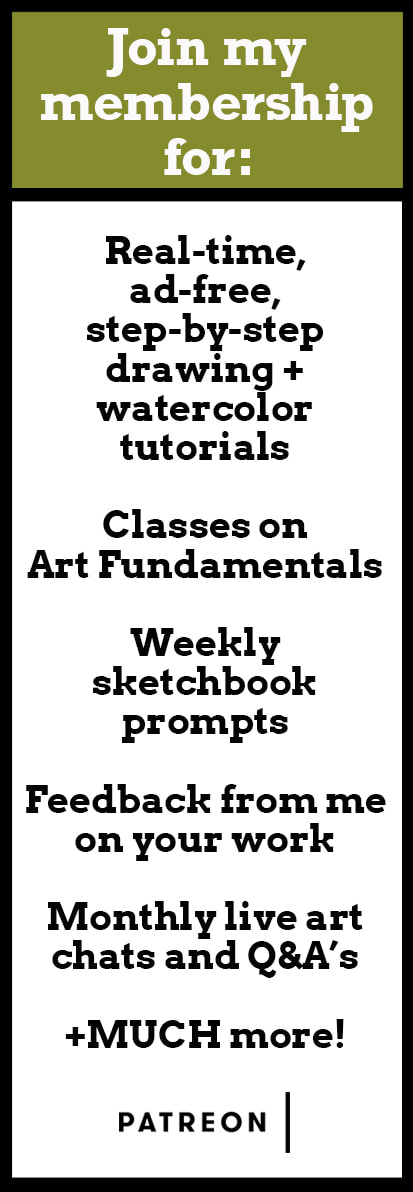


 RSS Feed
RSS Feed

